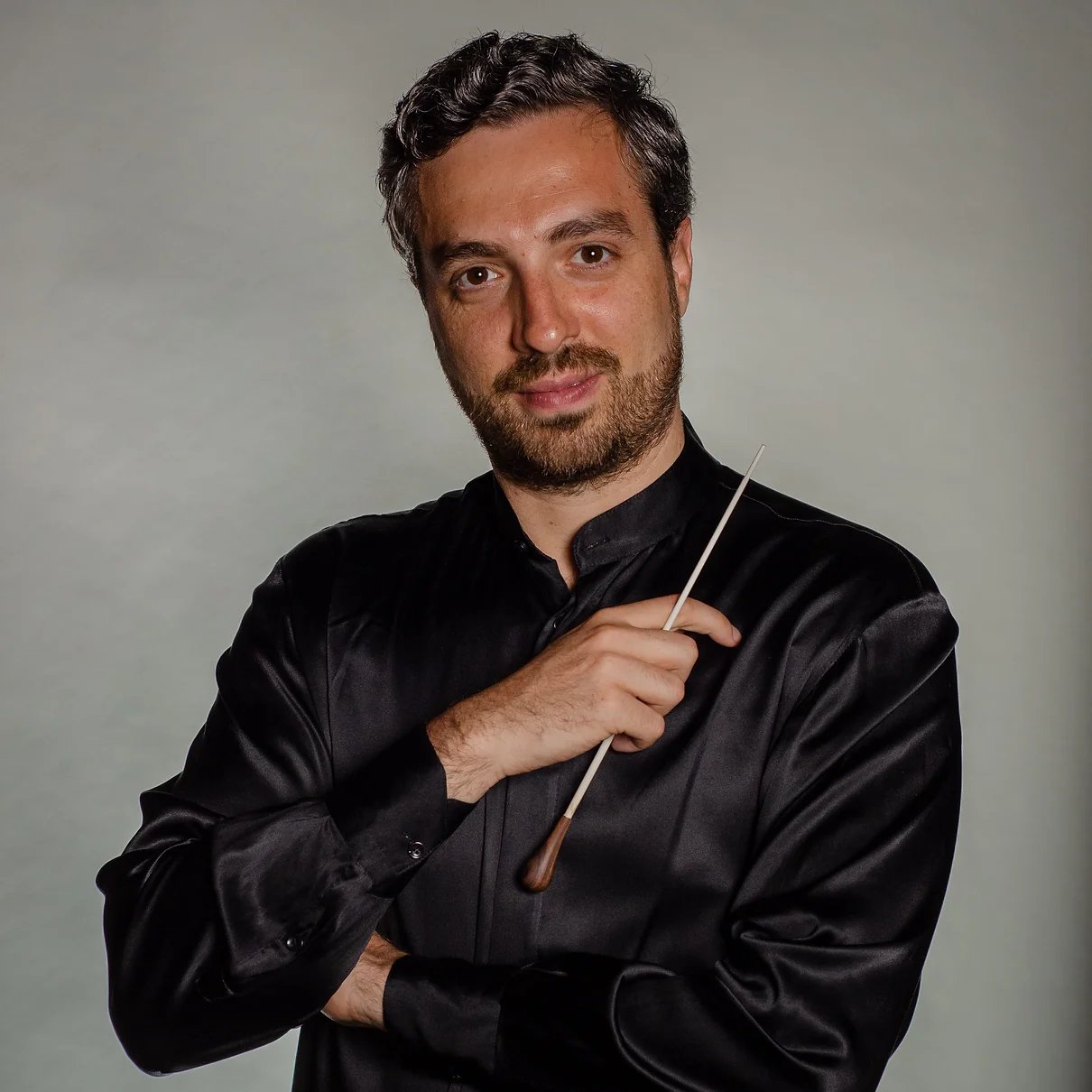Grace Notes
Volume 3
August 2024
Preparing for a Performance: An Interview With Filippo Ciabatti
DONNA REILLY
DR: Baroque composers didn’t provide much performance direction. So, when you begin rehearsal, who decides how the music is going to be played? Is that a decision the conductor makes, or is it a collaborative effort with the musicians?
FC: Well, it is a collaborative effort, but it needs to be structured in a way that’s not chaos, of course. Part of the conductor’s job is to study the score and decide on a plan. So, coming to a rehearsal with no idea how to perform, and just asking the players how they want to play, would be a disaster. Right? But, at the same time, you have to be flexible and understanding enough so if something really doesn’t work, you are open to changing it. That’s really what the rehearsal process is about—trying to work out the details collectively with the orchestra and choir. With the help of your colleagues, you figure out the kind of sonority, articulation, and balance you have in mind.
Professional musicians, of course, are expected to learn their part in advance. The principal string players, for example, bow their part in advance so they are able to put their own bowing instructions in the score. In fact, the concertmaster often speaks with a conductor in advance of the rehearsal process to try and understand what the conductor would like so the bowings can reflect that. Or the principals make a good guess, depending on their own experience with the bowings. And then, if that particular interpretation doesn’t work during the rehearsal process, the principal can just turn to the section and say, “No. We’re going to reverse the bowing here.” It all happens very fast because the level at which we start is very high. When you have professional musicians as good as the ones we have, it’s usually a very quick and simple process.
Along that same line, how much leeway do you have in choosing what instruments will be used in a performance?
As you discover while reading the history of Baroque music, the freedom to choose which instruments to use varies widely. We go from extreme freedom, like Monteverdi—who filled St. Mark’s cathedral with huge orchestras and several choirs—to those composers where we know very little about which instruments they would have used. It’s also important to understand where you’re performing—the size of the hall. We know for a fact that a large part of Bach’s music was composed for the church, and the size of the orchestra and chorus would have been relatively small. But Handel’s Water Music was written to be performed by many musicians on several barges floating up and down the River Thames. So it depended on where you were playing and the occasion at which you played. It was a very common-sense approach. Today, we may not know exactly which instruments Baroque composers intended to use in a performance. We have the instrumental parts they wrote, of course, but you still have to make a lot of choices, particularly when it comes to the continuo part. A lot depends on the funding you have—how much money you can spend on hiring musicians—but also on the kind of sound you have in mind. If you really feel that a piece needs both the organ and the harpsichord, or that a bassoon can really help, or a double bass would be better, then you go with it. Much depends on what you want it to sound like.
Tell us a little about the concert in October.
In October we’re going to present a concert of celebratory music. We wanted to celebrate what Upper Valley Baroque has done so far, as well as our plans for the seasons ahead. I wanted to give this new season’s first concert a jolly feeling. But also, I wanted to introduce some French Baroque music, which we’ve never done. So that’s why I thought about doing the Te Deum of Charpentier. Incidentally, I learned that the piece is much more famous in Europe than it is here, because the first movement was used as the theme song for a popular program on Eurovision. It’s a wonderful piece of music, very different from what people would expect: a different use of the chorus, the soloists, and the trumpets—a lot of things I think our audiences have not experienced yet. I thought we would pair it with a big favorite of audiences—Vivaldi’s Gloria. It’s going to be a very celebratory, upbeat, and extravagant program!
GRACE NOTES

